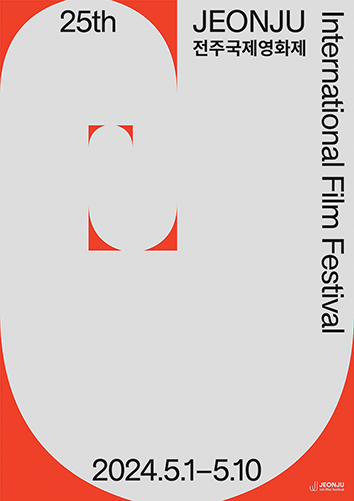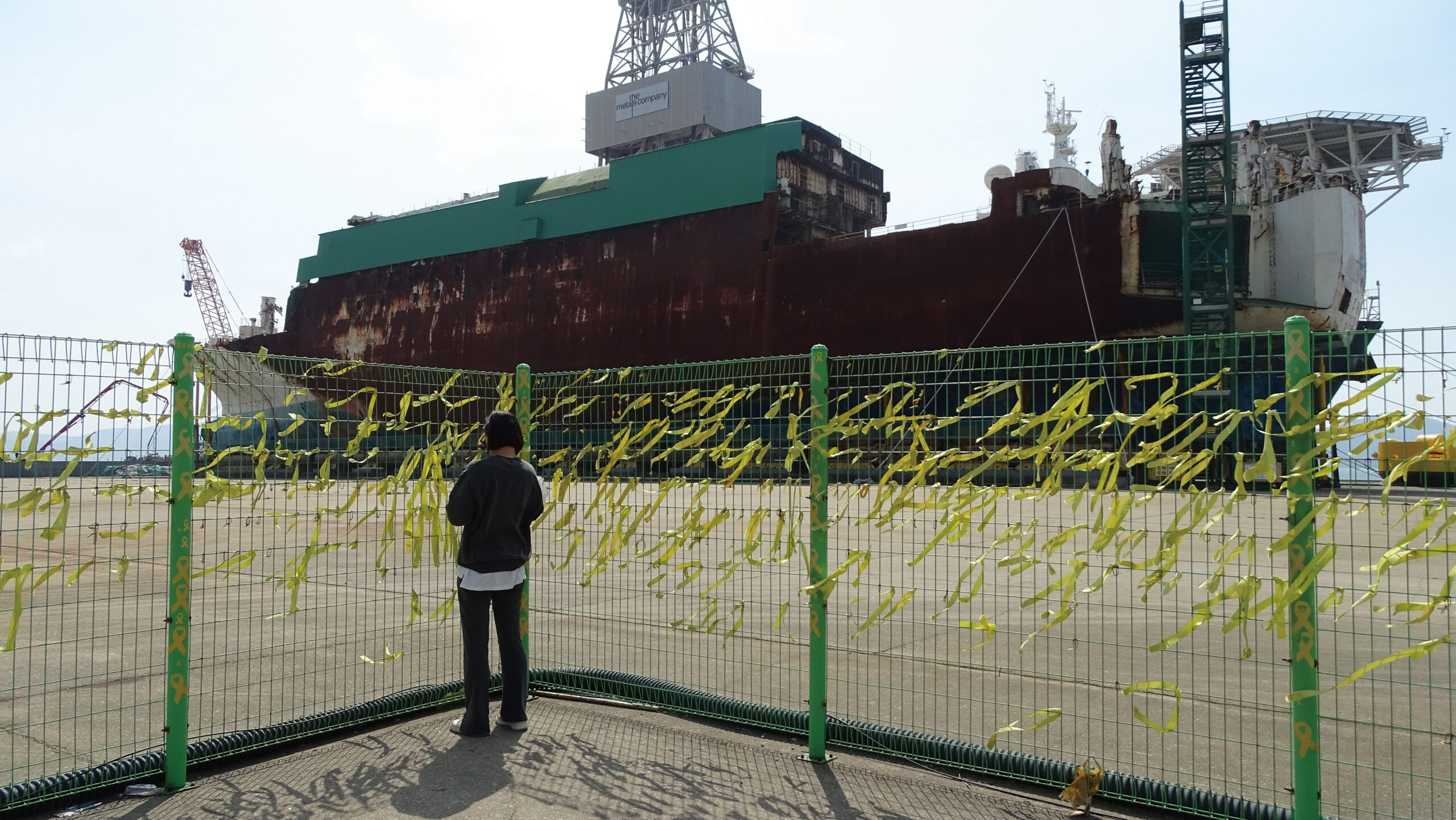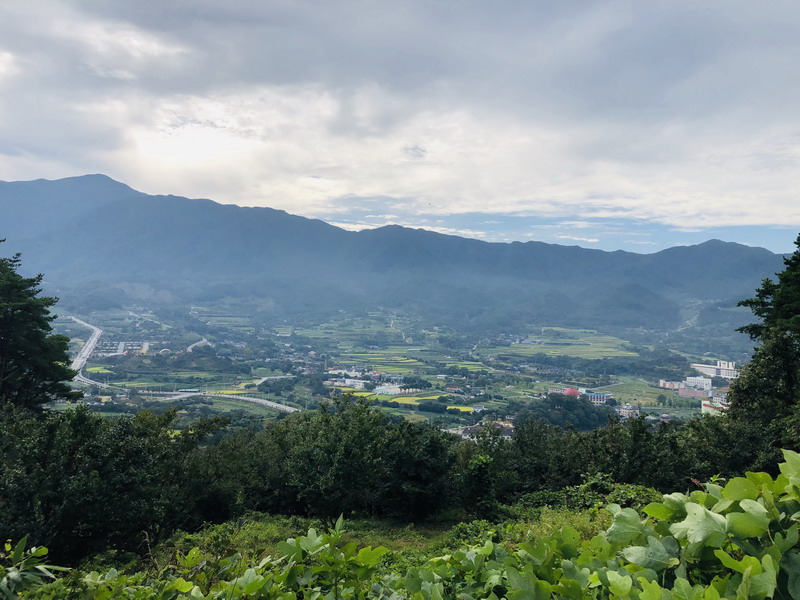The 2019 Gurye Ironman Race
Written and photographed by Mary Wagner.
Racers have many different reasons for choosing a specific event; for me, the Gurye Ironman race was the chance to come home again. Months of difficult training brought me to this point, ready to line up at the start line of a race that was taking place in what was once my backyard. This, the third year of the Gurye Ironman race, was scheduled for September 22, 2019, winding in and around the town of Gurye and the villages of Masan and Sandong, on the outskirts of beautiful Jiri-san National Park.
Ironman, a feat of triathlon endurance, begins with a 3.8 kilometer swim, followed by a 180-kilometer bicycle race, and finishes with a full marathon: a run of 42.2 kilometers. Its origins date to 1978, when it was conceived on the island of Oahu, but it has become a worldwide brand that is now synonymous with athletic endurance and perseverance. The fastest athletes can finish the entire race in fewer than eight hours, while the slowest have 17 hours in which to complete all three events. The Gurye race in particular draws an international pool of racers, primarily from Korea, but also from all over the Pacific Rim: Australia, Indonesia, Singapore, the Philippines, Thailand, Japan, and China, as well as North and South America, Europe, and the Middle East.
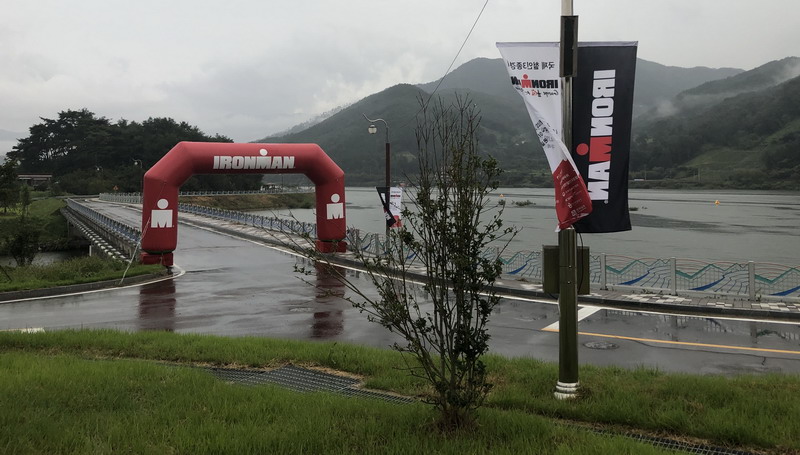
Among this year’s racers were Dougin Walker and Jill Kralovanec of the United States, race partners who were looking to set a new record for the number of Ironman races done worldwide: ten races, in ten months, in ten different countries, on six continents. Vicky Jones, the Wales women’s sprint triathlon champion, was also in attendance. Korean racers included the spirited Dossa Triathlon Club out of Seoul. And then there was me, a slow-paced but determined Ironman-aspirant, and former missionary daughter living in Gwangju, who hiked Jiri Mountain nearly every summer or fall between 1972 and 1980.
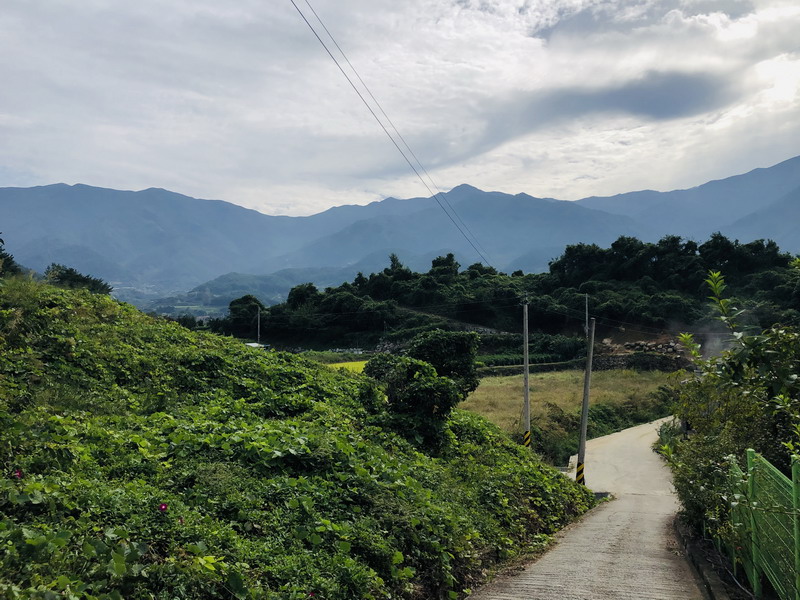
Race opening ceremonies on Friday evening featured dancers, laser lights, and PSY performing Gangnam Style. Unfortunately, the weather forecast already showed Typhoon Tapah heading for the Korea Strait, timed to arrive on Sunday, race day. Race officials had already started making contingency plans for a possibly shortened race. On Saturday morning, Jirisan Lake, the race’s starting point, was crowded with swimmers arriving via the well-organized shuttle buses. The course was beautifully marked with buoys and rope to follow, and the water fresh and inviting, despite the drizzling rain overhead. It was a delightful and fast swim course, and we all hoped for raceable conditions for the following day. At the race expo, I was impressed with the number of bike mechanics present. Any possible mechanical problem could be handled, including replacing an entire bike frame, as a visitor from Indonesia found he needed. A missing wetsuit was quickly located at the information desk, with assistance from Mr. Moon, one of the athlete services coordinators. We were all impressed with the attention to detail and hospitality of the race organizers.

Unfortunately, weather conditions continued to deteriorate, and by evening, the race organizers sadly informed us that there would be no race in the morning. As Hasib from Indonesia said to me, “We will all cry for five minutes,” and there were tears. There was also generosity and comfort. I spent the rest of the evening with the Dossa Triathlon Club, a remarkable group of friendly athletes, with a wide array of experience, from a first-time Ironman racer to a man who had planned for this to be his fifteenth.
In the morning, we carefully made our way back through the rough weather to the Gurye Stadium, which was to have been the race’s finish area. There Mr. Moon shared our laughs and bravado as we picked up our finisher shirts and towels. In Ironman, simply making it through the months of training to the start line can be an achievement in itself, and while some athletes disagreed with taking the finisher gear, it was too beautiful not to appreciate. We were happy to hear that the contract between Ironman and Gurye had been renewed, so racers will be able to return to this beautiful site. The next day, many of us enjoyed swimming at the Gurye natatorium, cycling through town or around the villages, and running the Seomjin-gang’s riverside paths, as well as hiking up to Hwaeom Temple, with some even making the ascent of Nogodan peak. Many of us hope to return to race in Gurye in future years, and for those considering their first Ironman, or looking for a new race site, this location has all that could be desired: a beautiful course, good organization, and a hospitable community!
The Author
Mary Wagner lived in Gwangju from 1968 until 1981, with a few fortunate visits back home to Korea in the years since then. She now lives in Virginia, USA, and is an avid traveler and triathlete whose first international race was planned for Gurye. Despite the unfortunately timed typhoon, that experience was outstanding!




